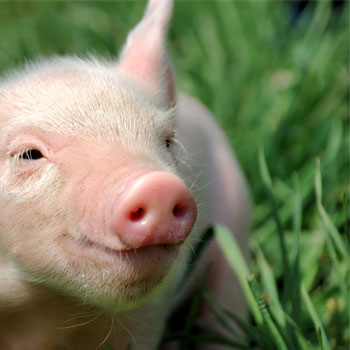In other words, agriculture will have to produce more food than in the last 10,000 years altogether. When the year 2000 is used as a basis, predictions show an increase in global meat consumption by 68% and milk by 57% by 2030. The greatest demand for food based on animal proteins with the potential impact of climate change and water shortage, nutrients and energy will lead to big gaps in productivity.It is therefore vital that systematic application of technical and scientific methods to improve the food, nutrition, genetics, breeding, control of animal health, and the general improvement of livestock is performed in order to meet the upcoming productivity gaps.The greatest gains will come from innovations that accelerate agricultural productivity while reducing costs and reducing environmental impact.
DNA in the service of selection and improvement of livestock. The development and application of genomics as a new tool for improvement, Mamouris Zisis
- Details
- Category: Scientific News

Over the last 50 years, we have experienced an unprecedented increase in the human population. Based on current projections, world population will reach 9 billion in 2030. To meet the growing need for food using fewer resourcesis one of the greatest challenges that modern agriculture faces. Recent estimates by the Food and Agriculture Organization of the United Nations show that in order to meet the growing demand, food production must be doubled in the next 50 years.





